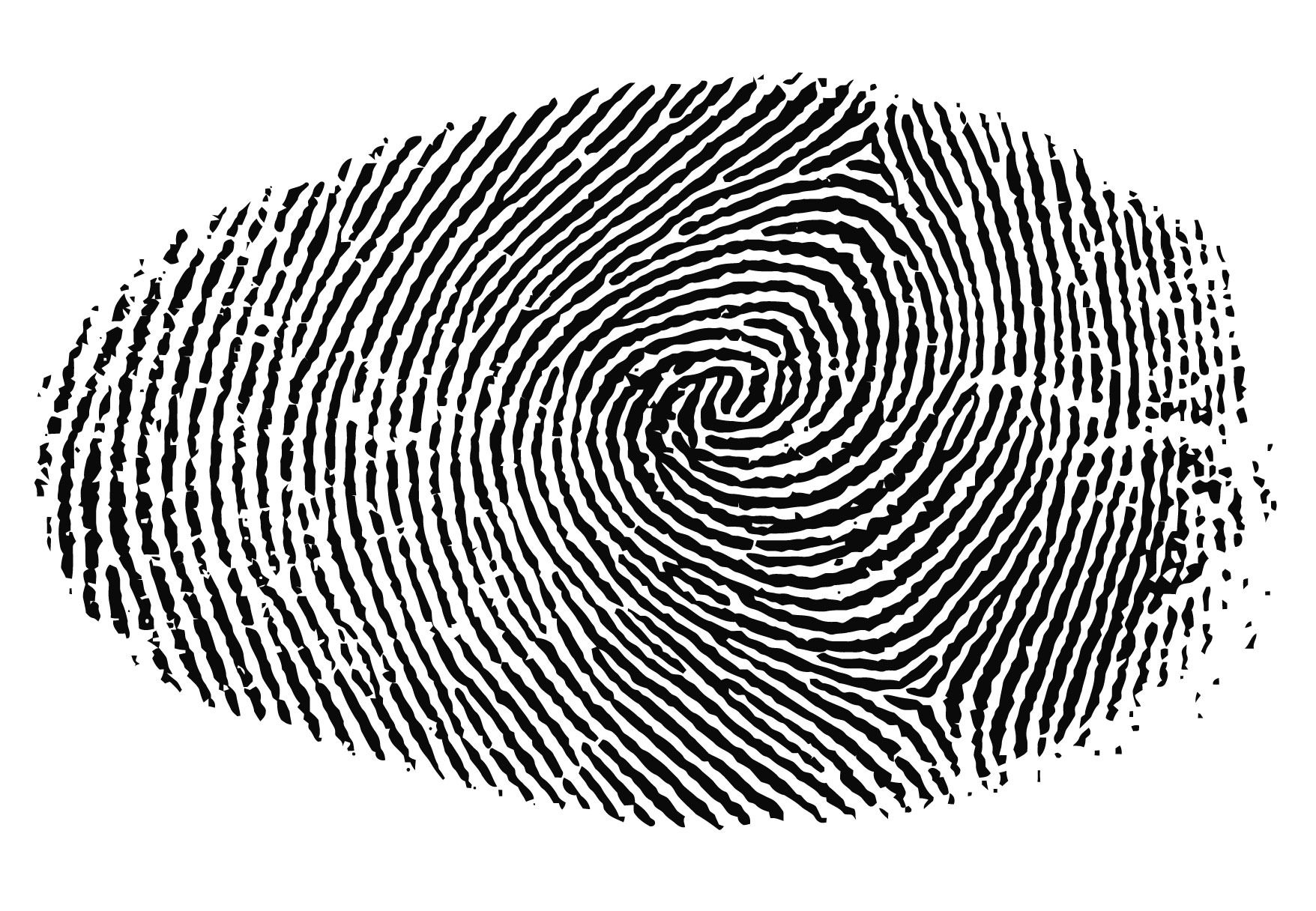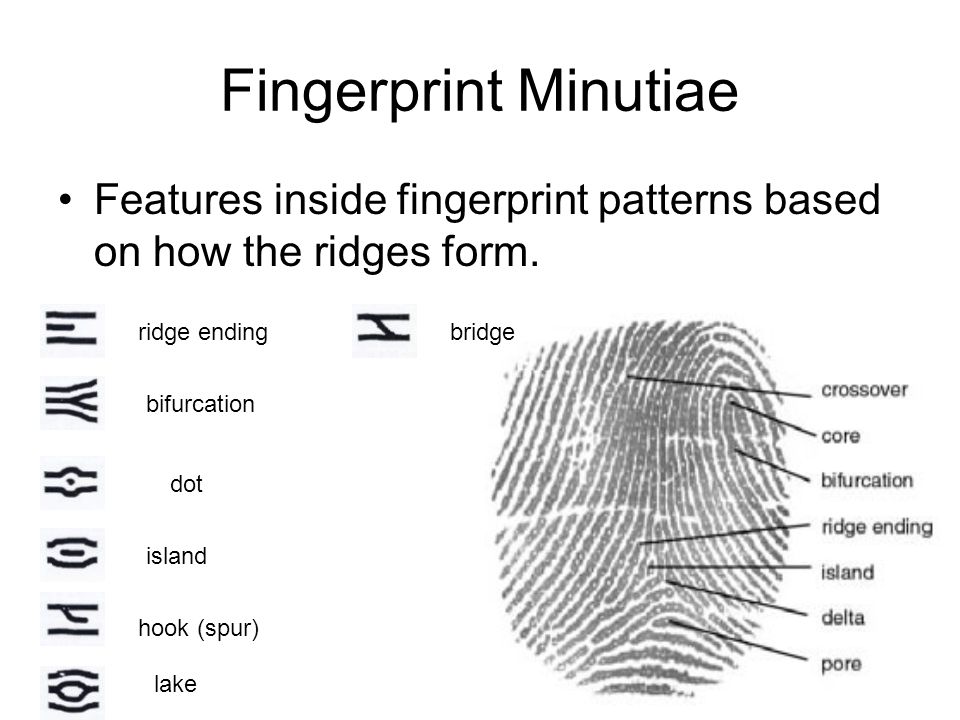

Today researchers look to DNA as the most important source of information about human genetics. With main lines on the left palm that traveled in an extreme vertical direction, this individual’s palm patterns were “totally unlike any in a collection of the palm prints of some 1100 individuals,” in the words of authors Wilder and Wentworth. This meant, for example, that when the following examples of palm patterning were encountered by researchers early in the 20th century, they were immediately recognized as being unusual. Understanding how frequently particular pattern-types appeared in the population was something that seemed to demand additional research.Īs researchers did more and more of this kind of work (and also refined their methods for describing fingerprint and palm patterning), they developed an understanding of what counted as the most common or, in their view, “normal” kinds of patterns. For example, according to this chart, whorls constituted about 20% of the fingerprint pattern-types that were observed in this population, whereas arches (including tented arches) only constituted about 5%. One of the reasons that dermatoglyphics researchers were so interested in this kind of data was because it provided a picture of the most common types of fingerprint patterning that appeared within a given population. Personal Identification: Methods for the Identification of Individuals, Living Or Dead.

Image: Harris Hawthorne Wilder and Bert Wentworth. Note: This image might not display properly on smaller screens. The following chart, for example, describes the fingerprint pattern-types that were observed on the fingers of 5,000 people (the data was collected by Scotland Yard). Ever since the invention of modern fingerprint identification, police officials and academic researchers had been aware that certain patterns were more common than others within the population. The ambitions that underlay such research went far beyond personal identification.Īnother way that dermatoglyphics research was different from personal identification was that researchers in this field often analyzed fingerprints at the level of groups and populations. Over the 20th century, for example, much research would be devoted to correlating fingerprint and palm patterns with particular congenital or health conditions such as Down syndrome (discussed further below).

#Fingerprint patterns skin
While researchers in dermatoglyphics were not actually concerned with using fingerprints to determine one’s ideal occupation, they were interested in examining skin ridge patterning of the fingers and palms in order to reveal various other things about a person. At the same time, dermatoglyphics would develop into a unique scientific discipline in its own right, complete with its own standardized methodologies, formal knowledge, and scholarly associations. Those who worked in the field of dermatoglyphics would develop close ties with other established scientific fields (serology, population genetics, medical genetics, and so on). Throughout the 20th century, a large amount of research would be done on the anthropological, genetic, and medical aspects of fingerprint patterning. While many of these ideas would be abandoned over time, dermatoglyphics researchers would continue to investigate the different frequencies with which fingerprint characteristics appear in different populations (a subject discussed in more detail here). When this field was first developing at the turn of the 20th century, those who conducted scientific research on fingerprints were preoccupied with the question of whether minute anatomical differences in the fingerprints could be used to distinguish between different “races.” Those who carried out these early anthropological studies of fingerprints were proponents of ideas about race, eugenics, and biological determinism that were disparaging and abhorrent.


 0 kommentar(er)
0 kommentar(er)
